Thank You For The Support
When Wild Facts first started, my goal was to educate people about the diversity and uniqueness of the animal kingdom, which I hoped would promote wildlife conservation. To be honest, I can’t tell you if I have achieved my goal but what I can tell you is Wild Facts has been the most rewarding (albeit sometimes exhausting) project I have ever completed. It has lead to many great conversations with like-minded individuals and some long-lasting relationships being built as a result.
Before we get started with the final Wild Fact, I would like to take a minute to thank everyone that has supported, encouraged and followed this blog. While I would like to personally thank everyone that has helped define this project over the years, I have no doubt that I would accidentally leave someone off the list. Therefore, I am just going to say THANK YOU to everyone who has been involved. I know we would have never accomplished as much as we have (I am saying “we” since you are all a part of Wild Facts) without the support and encouragement from each and everyone of you.
Now let’s move onto Wild Fact #0, shall we?
An Unfortunate Trend
The last 10 Wild Facts have been highlighting animals that were either recently discovered or about to go extinct (and in some cases, both). Yes, this was on purpose and it was done in an effort to highlight that there is a beginning and an end to everything in life and it is our decisions that impact when the end arrives. While we may be discovering new species every day, if we don’t stop poaching, introducing invasive species and most importantly destroying their habitat, these animals will find themselves on the extinct list very quickly.
To drive this point home even further, we are going to look at two animals today. First the always fun but practically extinct, Pygmy Three-Toed Sloth and we will follow it up with the newly discovered No To The Mine Snake (yes, that is their real name).
Cool Facts About the Pygmy Three-Toed Sloth
- The Pygmy Three-Toed Sloth is also known as the Monk Sloth or the appropriately named Dwarf Sloth.
- These unique animals were only described as a separate species in 2001, however, they have been hanging around for many, many years.
- Believe it or not the Pygmy Three-Toed Sloth has no official predators – let’s face it, who would want to hurt this beautiful creature, other than humans of course?
How Small is a Pygmy Three-Toed Sloth?
Over the last 1000 Wild Facts, it has been impossible to mention the word “Pygmy” without having to explore the size of the animal. Today is no different, so here we go. The Pygmy Three-Toed Sloth is roughly 53 cm (21 inches) in length and are only 6 cm (2.4 inches tall). These adorable sloths also weigh a whopping 3.5 kg (7.7 lbs), so they are pretty much the size of a very small dog. If sloths weren’t so dirty and covered in algae, bacteria and a host of other organisms, I am sure these little guys would be quite popular on the pet trade. Luckily, this is one thing they don’t have to worry about.
A Decimated Population
Although, the Pygmy Three-Toed Sloth doesn’t have to worry about the pet trade, they do have a few things jeopardizing their future existence. For starters, they are only found on a little island off the coast of Panama, Escudo de Veraguas, which has an area of 4.6 square kilometers (not a lot of real estate). To make matters worse, for some reason fishermen in the 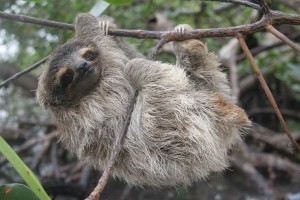 area enjoy hunting these little guys, which is an easy task considering they hang out in the mangrove forests by the ocean…and they are incredibly slow. Laws have been put in place to prohibit hunting, however, these laws are not heavily enforced. As well, indigenous people continue to cut down the mangrove forests, which have seen a sharp decline in area over the last several years. If you remove the habitat, you will lose the species!
area enjoy hunting these little guys, which is an easy task considering they hang out in the mangrove forests by the ocean…and they are incredibly slow. Laws have been put in place to prohibit hunting, however, these laws are not heavily enforced. As well, indigenous people continue to cut down the mangrove forests, which have seen a sharp decline in area over the last several years. If you remove the habitat, you will lose the species!
While the official population estimate from the IUCN has the Pygmy Three-Toed Sloth sitting at 500 or less individuals remaining, a 2011 survey found only 74 individuals in the wild. This is drastically low and the reason why this sloth is listed as critically endangered. It isn’t too late to save this species but we need to raise awareness about the impact poaching and habitat destruction has on the Pygmy Three-Toed Sloth.
From Extinct to Newly Discovered
As mentioned at the beginning of this incredibly long-winded Wild Fact, there is a beginning and an end to everything. The actions we take next could help prolong the life of the Pygmy Three-Toed Sloth, however, we need to take proper action, today. If you would like to help, I strongly recommend supporting the efforts of EDGE (Evolutionarily Distinct and Globally Endangered).
So while we are looking at the possible end of the Pygmy Three-Toed Sloth, perhaps things will look better for the newly discovered No To The Mine Snake. Although, if you read the name carefully, you may notice that these little snakes are in the middle of a battle of their own.
Cool Facts About The No To The Mine Snake
- Interestingly enough, this snail eating snake was discovered about 20-30 kilometers away from the Pygmy Three-Toed Sloth, in Western Panama
- The No To The Mine Snake was discovered in 2012 and made it on to the Top 10 New Species 2013 list that was created by the International Institute for Species Exploration at Arizona State University
- The scientific name for this newly discovered snake is Sibon noalamina. Did you see what the species name was? That’s right “no a la mina”, which translates to “No To The Mine” in English
 The Mountain Dwellers
The Mountain Dwellers
The Sibon noalamina is a small (53 centimeters or 21 inches in length) non-venomous, snail eating snake that obviously feeds on snails but will also partake in eating earthworms, slugs and occasionally amphibian eggs. These snakes can only be found in the Serranía de Tabasará mountain range of western Panama. Unfortunately, the way of life in this unique and diverse mountain range is in jeopardy of becoming obsolete.
In the Name of Conservation
Yes, the common name of this new snake is a little odd but from a marketing perspective, incredibly clever. Unfortunately, ore mining is quite heavy in western Panama and as such, it is degrading the natural habitat of many animal species, including our friendly little snake. So when it came time for researchers to name their new discovery, they saw it as an opportunity to raise awareness about the dangers of ore mining. As such, the snake was called Sibon noalamina or the No To The Mine Snake. While this is a great way to raise awareness about the dangers of ore mining, more will need to be done if this snake, and many other endemic animals, plan on living for a little while longer.
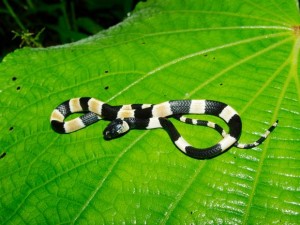 With the final Wild Fact we looked at two species, one that is listed as critically endangered and one that was recently discovered but could be headed on the endangered list if current mining practices continue.
With the final Wild Fact we looked at two species, one that is listed as critically endangered and one that was recently discovered but could be headed on the endangered list if current mining practices continue.
Again, much like the Wild Facts project, there is a beginning and an end to all things but this doesn’t mean we can’t change our course of action and prolong the life of these beautiful creatures (and all ecosystems in general).
If we can have our voices heard and raise awareness about the plight of our natural environment then there is still time to not only save our natural ecosystems but also to save us, as we too are members of the overall ecosystem.
The Future of Wild Facts
In an effort to inspire and promote the conservation of our natural resources, Wild Facts, will also be altering its course of action. Today marks the end of Wild Facts as we have come to know it, however, it also marks the beginning of a new era.
The original goal of educating the public on our natural ecosystems will continue, however, it is time for our voices to be heard. As such, Wild Facts will be shifting its focus to the conservation of our natural resources. We will become a larger voice on everything that has to do with natural conservation. This includes plants, animals, ecosystem relationships and anything else relevant to conserving our natural environment.
With this new brand comes a new opportunity for everyone interested in conserving our natural ecosystem.
We are looking for writers, graphic designers, web designers and anyone else that would like to be involved with spreading the word about our natural environment. If you are interested in volunteering your time to ensure our voice is heard, then please fill out the form below and I will be in touch with you shortly.
Again, I would like to say thank you to everyone that has supported and encouraged the Wild Facts project over the last three and a half years. Without you, none of this would have been possible.
Next Steps
1. Sign up for the Wild Facts Newsletter and stay on top of all the latest updates and of course continue learning about our natural ecosystems.
CLICK HERE TO SIGN UP FOR THE WILD FACTS NEWSLETTER.
2. Follow WIld Facts on Facebook for all the latest news, stories and updates.
3. Interested in becoming involved with Wild Facts as we move to becoming a larger voice for the conservation of our natural environment? Simply fill out the form below:

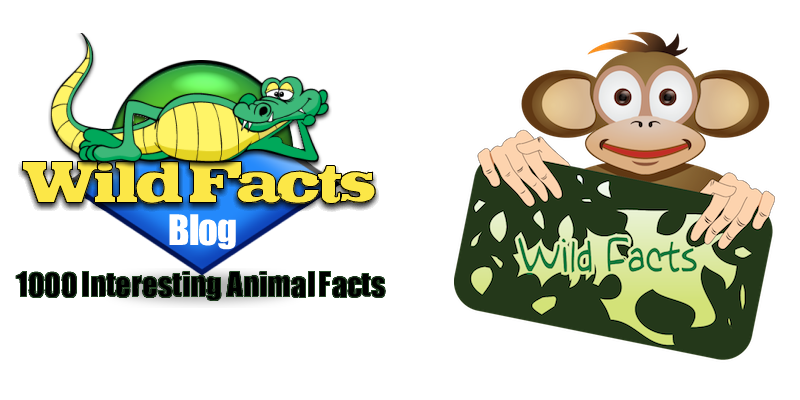

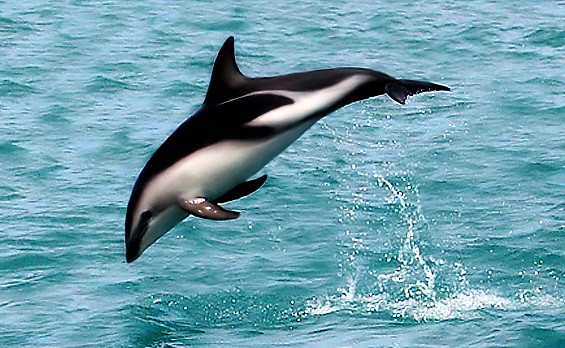
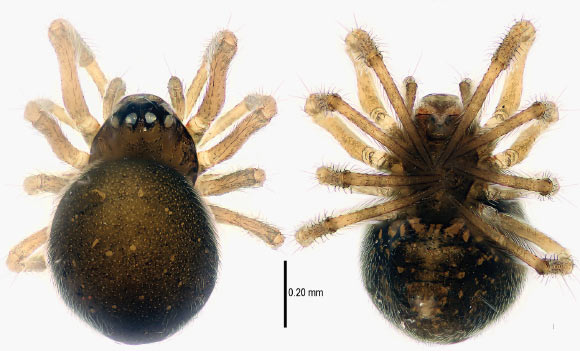
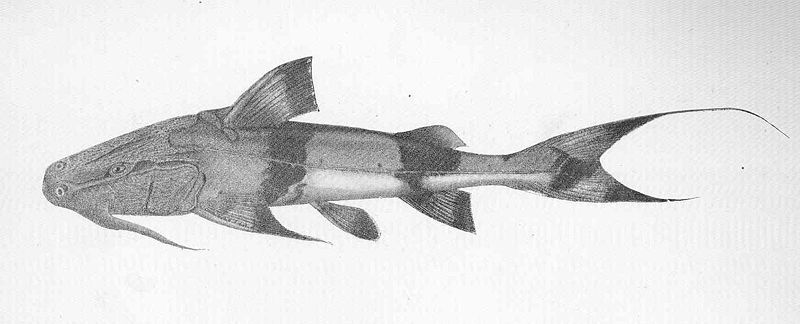
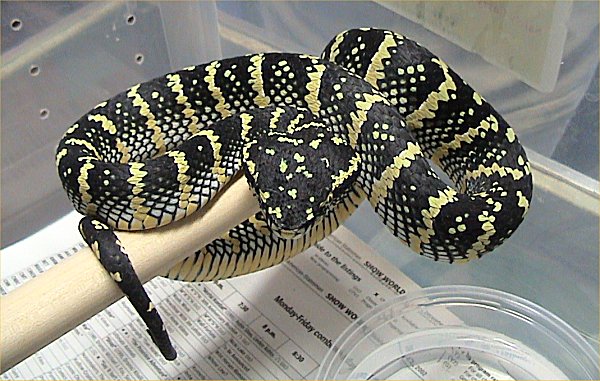
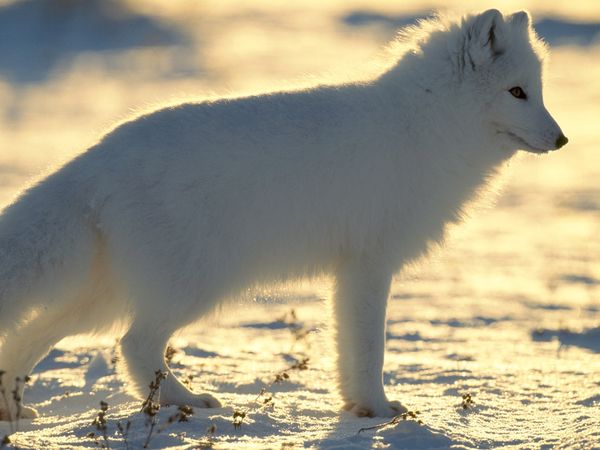
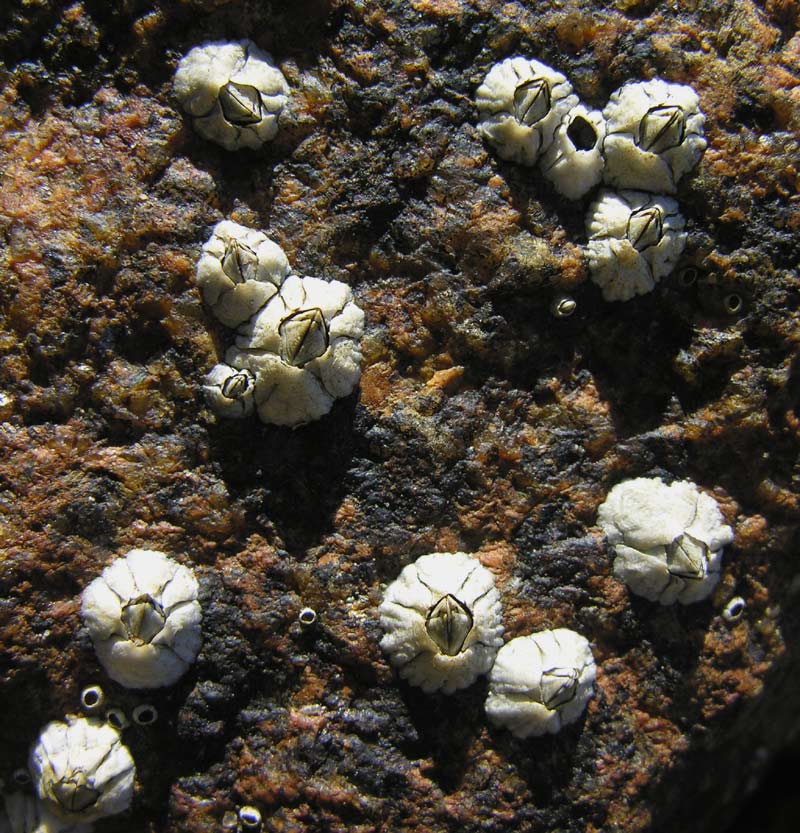
Congrats on reaching your goal, doesn’t seem that long ago when you started it. Proud of you.
Thanks Clay!
The three and a half years went surprisingly fast!
Harry & I just want to say … WELL DONE!! There is no doubt that you have achieved your goal. You have inspired and educated many minds. We are glad that our paths have crossed and look forward to your future projects. Keep up the awesomeness and making a difference. 😀 Purple Hugs ((:))
Thanks Angela and Harry. I am very happy that our paths have crossed. You were one of the many I had in mind when I mentioned creating long lasting relationships. I really appreciate all of the support and encouragement you (and Harry) have given over the last little while. It made Wild Facts that much more enjoyable.
1000! Wow! I’m so impressed, well done!
Hey guys! Great blog and this article is really enjoyable. You and your readers should check out: http://dreamjobbing.com/dreamjobs/Thailand It’s basically a chance to work with elephants as a wildlife conservationist in Thailand!
Chosen applications will receive:
-Airfare to and from Thailand
-Two weeks accommodation
-Travel expenses
And guess what, we’re taking applications now! It’s a great opportunity to do good and have fun at the same time.
Sincerely,
DreamJobbing